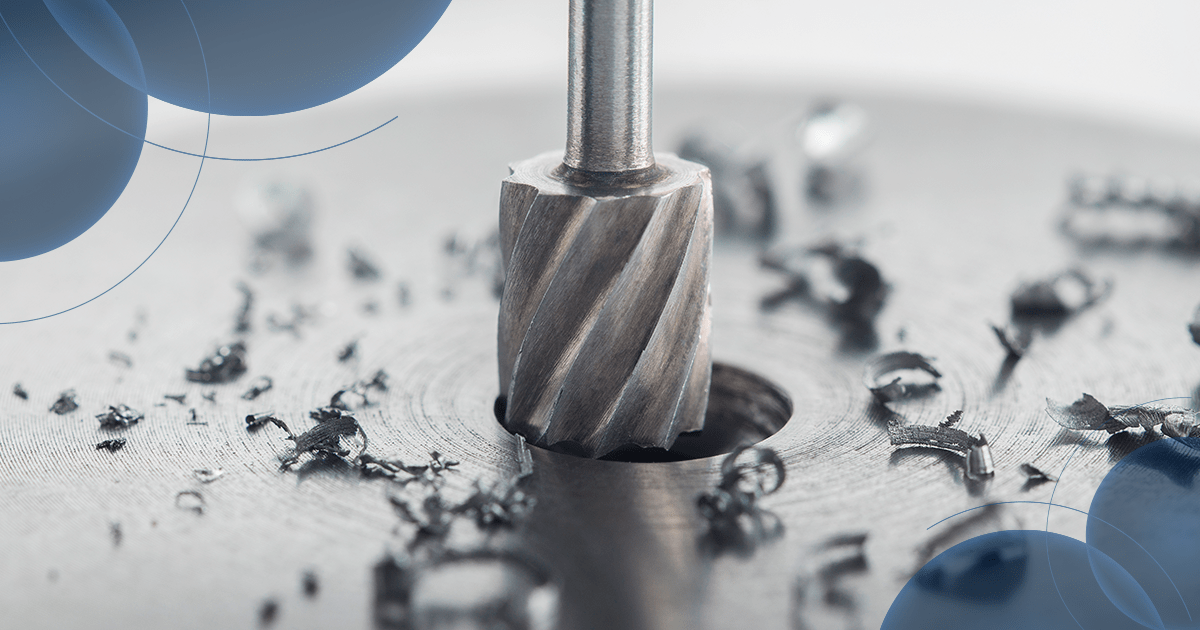Some metals like steel and aluminum are easily machined using traditional tooling. However, precious or special metals such as titanium, cobalt, and hard steels often need specialty cutters to complete the job – this is where carbide-cutting tools come into play.
Carbide is a unique material used to make tools that can be used at extreme temperatures. This material is also very resistant to wear and pitting, making it an ideal choice for cutting metals, wood, and other tough materials.
This article will explain the process of making such tools and carbide machining.
What Is Carbide Machining and How Does it Work?
Carbide machining is a manufacturing process commonly used today in manufacturing tools and dies. Carbide is one type of material used to make such tools. This material is very popular among manufacturers because of its characteristics, making it possible to make extremely hard, rigid, and durable tools that can withstand high pressure.
Carbide machining is the process of cutting materials with carbide tipped tools. This process is usually used with metals but can also be used on other materials such as ceramics, plastics, and composites.
The material that is being machined is held in place by a chuck or collet during the cutting process. These tools are called end mills because they cut from one material end to the other. They are made of a variety of materials, including tungsten carbide (WC), aluminum oxide (Al2O3), and silicon nitride (Si3N4).
These tools have an extremely hard coating, making them harder than any other material used for cutting purposes. This allows them to cut through various types of material without getting dulled or damaged like they would if they used regular steel blades in their tool holders.
How Are Carbide Tools Made?
The manufacturing process begins with tungsten carbide powder being poured into molds preheated to 600°C (1100°F). After cooling down, the finished tool is removed from the mold and ground on both sides to remove any remaining binder material used during production. The final step involves polishing the face of the tool to remove any remaining burrs or rough spots that could cause problems during use.
There are five phases to producing a carbide tool: preheating, pouring, cooling, grinding, and polishing.
-
Preheating Phase
The preheating phase is the first step in producing a carbide tool. The preheat furnace is used for heating the ingot to a temperature between 1300 and 1600 degrees Celsius. This process removes any moisture or other impurities that may be present in the ingot. It also softens the steel so it can be poured into a mold without cracking or breaking.
-
Pouring Phase
The pouring phase is the second step in producing a carbide tool. In this process, molten metal is poured into a mold made of graphite or some other material that can withstand high temperatures without melting or burning. After the metal has been poured into the mold, it must cool down slowly enough so that no cracks form in it while cooling down.
-
Cooling Phase
Carbide tools are cooled very slowly, usually over 12 hours or more, which gives them their characteristic hardness and toughness properties. This slow cooling also results in good grain structure in the final product.
-
Grinding Phase
The grinding phase involves performing down to the correct dimensions and surface finish. Grinding is done in a high-pressure mill using diamond abrasive media. The grinding process is critical to producing high-quality hard materials like carbides since it is during this step that wear resistance is developed.
-
Polishing Phase
The polishing phase involves using different grades of abrasive paper or cloth to polish the tool’s surface smoothly and flat so that it can be inspected for defects before heat treatment begins.
Conclusion
The future of carbide and CNC machining is bright and full of potential, especially as more companies are using CNC machinery to create parts.
It would help if you only used high-quality tools for your tooling, and buying from a reputable place like US Machine Shop is your best bet. They have the tools you need at reasonable prices when you need them, and their customer service is top-notch.


